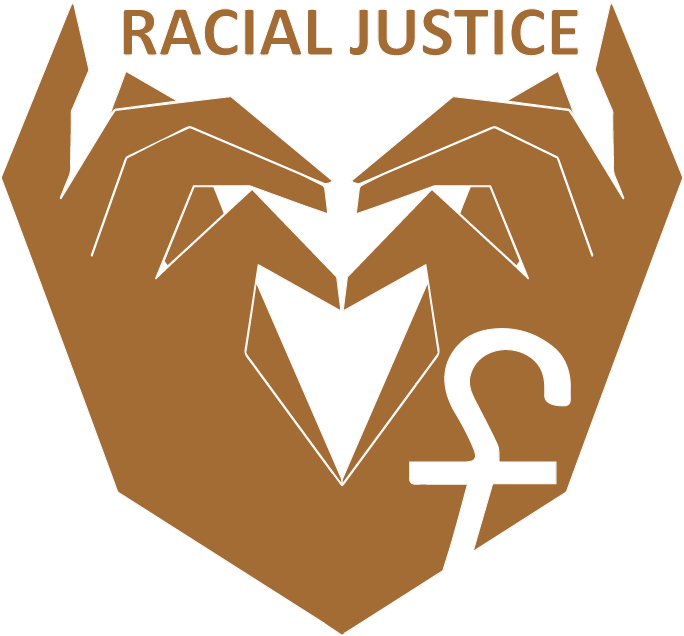Rev. Dr. Rolf Svanoe – Good Shepherd Lutheran Church Decorah, Iowa
Revelation 22
One of the many things I love about Decorah is the way it preserves and celebrates its heritage. Vesterheim Museum and the annual Nordic Fest are two ways we remember that past. Many people today have an intense interest in the past. How many of you have had your DNA tested? There is a curiosity to know where we come from and what our DNA might tell us about who we are. Of course, we aren’t just the product of our DNA. We are also a product of our environment and how our parents raised us. We know that the past influences us, but today our text wants us to look at ourselves through a different lens, not through the past, but through the future. It isn’t just the past that influences us. The future influences us as well, or it should. And as people of faith, we believe that Christ will come again to establish a reign of justice and peace. That belief shapes us today: our words, our actions, our values and ethics.
I learned an interesting word ― prolepsis. Prolepsis is “the assumption of a future act as if presently existing.” So, let me give you a few examples of prolepsis. Prolepsis is knowing that your baby is going to arrive in just a few months. That knowledge of the future influences your present. Prolepsis is also knowing that you aren’t going to live forever. Someday you will die and with that knowledge, you write your will and get your affairs in order. Maybe you downsize and start to get rid of things. That, too, is what prolepsis is – the future shaping our present.
I have one last example of prolepsis. Have you ever seen the movie Back to the Future? Who doesn’t love Michael J. Fox and that cool souped-up DeLorean? And the whole premise of the movie is that someone from the future goes back thirty years into the past and then has to find a way back to the future. He knows what is going to happen in the future and is able to reassure others with that knowledge, and to encourage them not to give up hope. You see, that’s what prolepsis is – knowing the future and letting that shape how we live our lives in the present.
Prolepsis is how the Bible ends with the book of Revelation. The prophet John gives us a vision of the future. He was writing at a time of great stress to give a word of hope and encouragement to Christians living then. Don’t give up. Don’t despair. Don’t become jaded and cynical and think that things will never change, never get better. Don’t let your past determine your present. Instead let the future shape your present. No matter how bad things get, Christ is coming again to establish a reign of justice and righteousness and peace.
In the last two chapters of Revelation, John gives us a foretaste of what is coming. What will the future reign of Christ look like? He wants that vision to change the way we view our world and our place in it today. John takes us on a tour of the New Jerusalem. The first thing we notice on this tour is the pearly gates. We have a lot of fun with those pearly gates jokes. But the jokes often get it wrong. In the jokes, the gates are closed and we have to pass some test in order to get in. But the prophet John shows us something else. God’s coming kingdom has twelve gates. Now, gates were important in ancient times for keeping bad things out and protecting the people of the city. The gates of the New Jerusalem are made of pearls, and they are never shut. The pearly gates aren’t there to keep people out, but to let people in. As we enter through the gates, we find we are not alone. People from every nation enter. This is not a place for the privileged few, like in ancient Roman society. Rich and poor alike enter to bring God their glory. They are not defeated subjects forced to pay taxes and tribute, but grateful servants come to worship God.
The second thing we notice on our tour is that God’s kingdom is a city. The Bible begins in a garden, with Adam and Eve. It ends with a city. That tells us that our relationship with God, though personal, is never private. We are part of a community from every tribe and people, from every language and nation. And there is something else interesting about this city. This city has some unusual dimensions. John describes it shaped like a cube, roughly 1,500 miles wide and deep and high. Again, this is hard to imagine, but there is a deeper meaning here.
John was steeped in the Old Testament where the Holy of Holies in the Jerusalem temple was a perfect cube. It was the place where God’s glory lived and where only the high priest could enter once a year. So, in describing heaven as a perfect cube, John is implying that God lives here. God’s glory fills it.
As we continue to tour the city, we walk about without a care or worry. If you’ve ever worried how safe it is to walk outside at night, this is one city you will never have to fear. There is no night, no darkness for bad things to hide in. The light of God’s glory fills the city. What John wants to tell us is that heaven will be a place of safety.
As we tour the city, we notice gold and precious gems everywhere. The street we are walking on “is pure gold, transparent as glass.” This city is a place of abundance instead of the scarcity of the Roman Empire. Rome provided plenty of benefits for the rich, while the poor struggled for life’s essentials. In heaven’s economy, gold is so plentiful they pave the streets with it.
Everyone shares in the abundance.
Going further in the city, we see a garden; and in the midst of the garden flows the river of life. In ancient times, water was an essential part of a city’s security and defense. You can’t endure a long siege without water. Cities would build long tunnel systems just to be able to access water without going outside the walls. But in the New Jerusalem, a river flows through the city. Water is abundant and available to all. It is the water of life. Twice in the book of Revelation, we are told to drink the water of life as a gift. We don’t need money to buy it. God gives it freely to all. This water quenches the thirst in our bodies and quenches the thirst of our souls.
On either side of the river we see the tree of life. John tells us something interesting about this tree. It bears fruit each month. Again, it is an image of abundance. There is a harvest to be had all year round and no time when there is scarcity. For us today, Autumn is harvest time when we reap the fruits of our gardens and fields. In ancient times, people had to preserve food to eat the rest of the year. People who lived through the Great Depression knew scarcity. They canned fruit and produce from the garden just to make sure there would be plenty throughout the year. That’s what you did to survive. But John wants us to know that in this place, the tree of life produces fruit each month, food plentiful throughout the year. And the leaves of this tree have medicinal properties. They are for the healing of the nations. We are invited to sit in the shade of this tree and place its leaves in every wound we have, physical, emotional and spirit- ual. I think that all of us bear wounds and scars of one kind or another. Where are we to find healing from life’s hurts and sorrows? The leaves have the power to heal our deepest broken- ness. God’s kingdom is not built on violence and coercion, but on healing and restoration. Now we come to the highlight of our tour. There in the center of the city is the throne of God. You don’t need an appointment to see God. Everyone has access to God all the time for God’s glory fills the city. I love the verse that says, “The throne of God and of the lamb will be in it, and his servants will worship him; they will see his face, and his name will be on their foreheads” (Revelation 22:3-4). In the Old Testament, to see God’s face was to die. But not in the New Jerusalem.
As we approach the throne, God’s glory gets brighter and brighter. We might start to get a bit scared or nervous. What will it be like to see the almighty and holy God? But there is something compelling about the throne. The light draws us into God’s presence. God’s glory is reassuring as we realize that God’s holiness blazes with love. As we draw closer, we see the face of Jesus. His eyes look into our eyes. They know everything about us, all the brokenness of our past. His eyes are filled with compassion. He’s not interested in punishing us. He is interested in healing our wounds. There at the throne we all look God full in the face, and instead of dying from terror, we find healing. In the gaze from God’s eyes, we leave behind our guilt and shame, and in- stead experience God’s freedom, joy, and peace.
Our brief tour of the New Jerusalem has ended. We get just a small taste. There is so much more to see and experience. It is a most beautiful place. Would you like to come again? Would you like to live in this city? I would. That is exactly what John wants to happen in us. John called on Christians in the first century to resist the Roman empire’s vision of the future. That vision was inherently violent and unjust. But John needed an alternative to call people to. The New Jerusalem is a vision of the future that God will provide. It’s not just pie in the sky, but a vision for this world. That vision is still calling us today, calling us from the future to make our world a better place, more like the place where Christ reigns.
When Jesus taught his disciples to pray, he told them to pray that God’s will “be done, on earth as it is in heaven.” If we want to know what kind of world God wants us to make, we need only look at this vision of the New Jerusalem to learn the values at the heart of God. There are no categories of rich or poor in God’s kingdom. One race is not better than another. No country is more privileged or exceptional than another. Men and women are treated the same. There is plenty for everyone. No one goes hungry. All have what they need. We all are beloved and all stand on level ground at the foot of the cross. We are all sinners who have been given extravagant grace.
The book of Revelation ends with Jesus saying that he is coming again soon. This is the future that is calling to us now, informing our lives and our values, shaping how we see the world and each other. This is a vision of hope for our world. May we have the same response as those first Christians who prayed, “Amen. Come Lord Jesus!”



